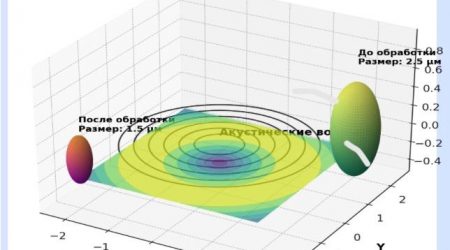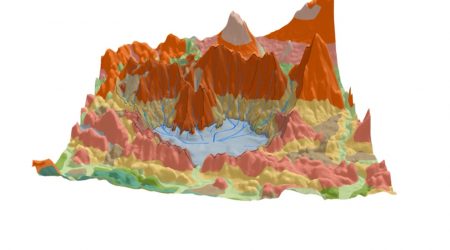Geologists explain how meteorites help glance into both the past of the Solar system and the depths of the Earth

All the five meteorites found in Republic of Tatarstan are stored at KFU’s Geological Museum, one of the richest in Russia with 430,000 items and 220 years of history – as long as the university itself.
The earliest local meteorite was found in 1899 near the village of Chuvashskie Kisy – and was named as such, according to the existing tradition, says Curator of the Department of Mineralogy and Petrography of the Shtukenberg Geological Museum Rasima Galeeva. All Tatarstani meteorites are rock chondrites.
Senior Research Associate of the Laboratory of Paleoclimatology, Paleoecology and Paleomagnetism Dilyara Kuzin, head of the Weathering of meteorites from the Atacama Desert: assessment by magnetic methods, says that meteorites are precious messengers from space.
“Chondrites are some of the most ancient in our system, formed about 4.5 billion years ago from the protoplanetary matter. Their chemical composition is akin to that of the early days of the Solar system. Thanks to meteorites, we know how planets were formed: small grains were first formed from dust and gas, then chondrules, and then planetesimals (planet embryos). Different types of celestial objects (iron, stone, iron-stone) “tell” us how the differentiation of matter took place inside large cosmic bodies – its division into a metal core and a stone mantle. This is a direct analogue of what happened to the Earth,” the scientist says. “Meteorites may be sources of life on Earth. While studying carbonaceous chondrites, scientists discovered compounds of carbon, hydrogen and oxygen, which are considered to be the “building material” for the emergence of life. This is how the theory of panspermia appeared, whose supporters are sure that life was brought to the planet from space.”
Dr Kuzina travelled to Atacama desert and found several interesting meteorites as part of her project.










